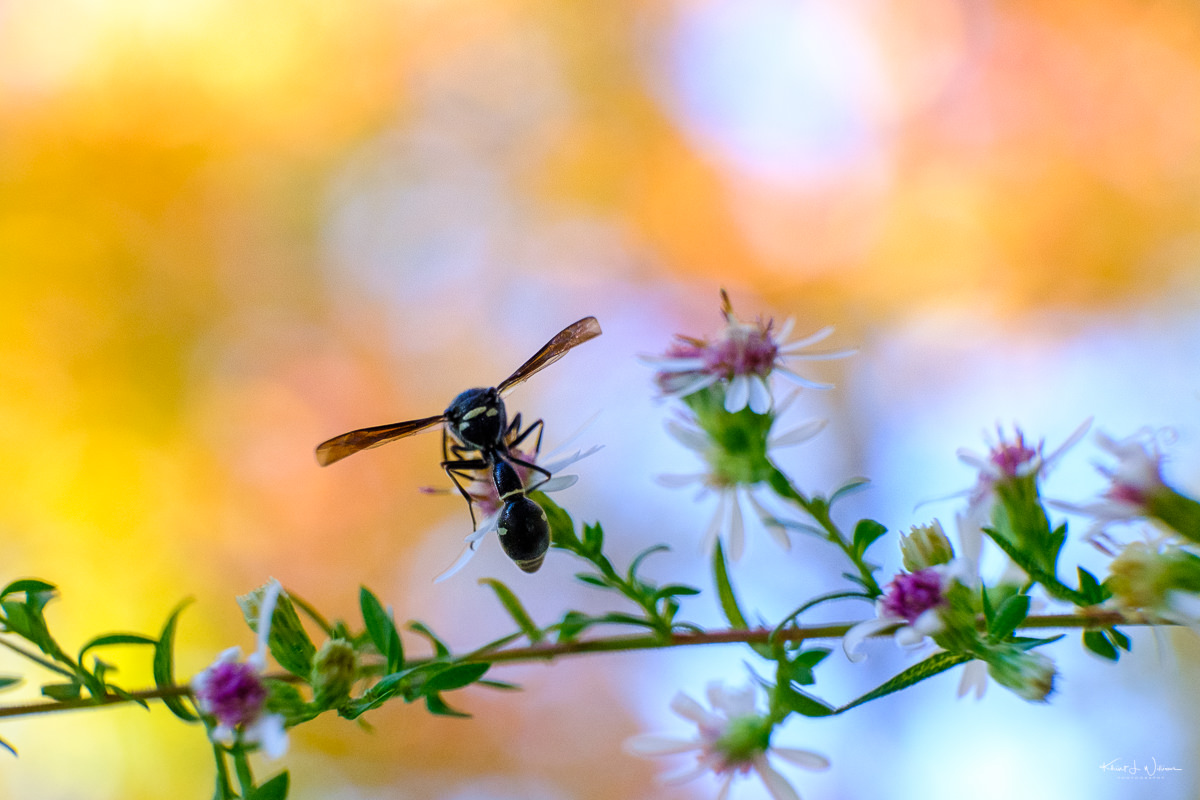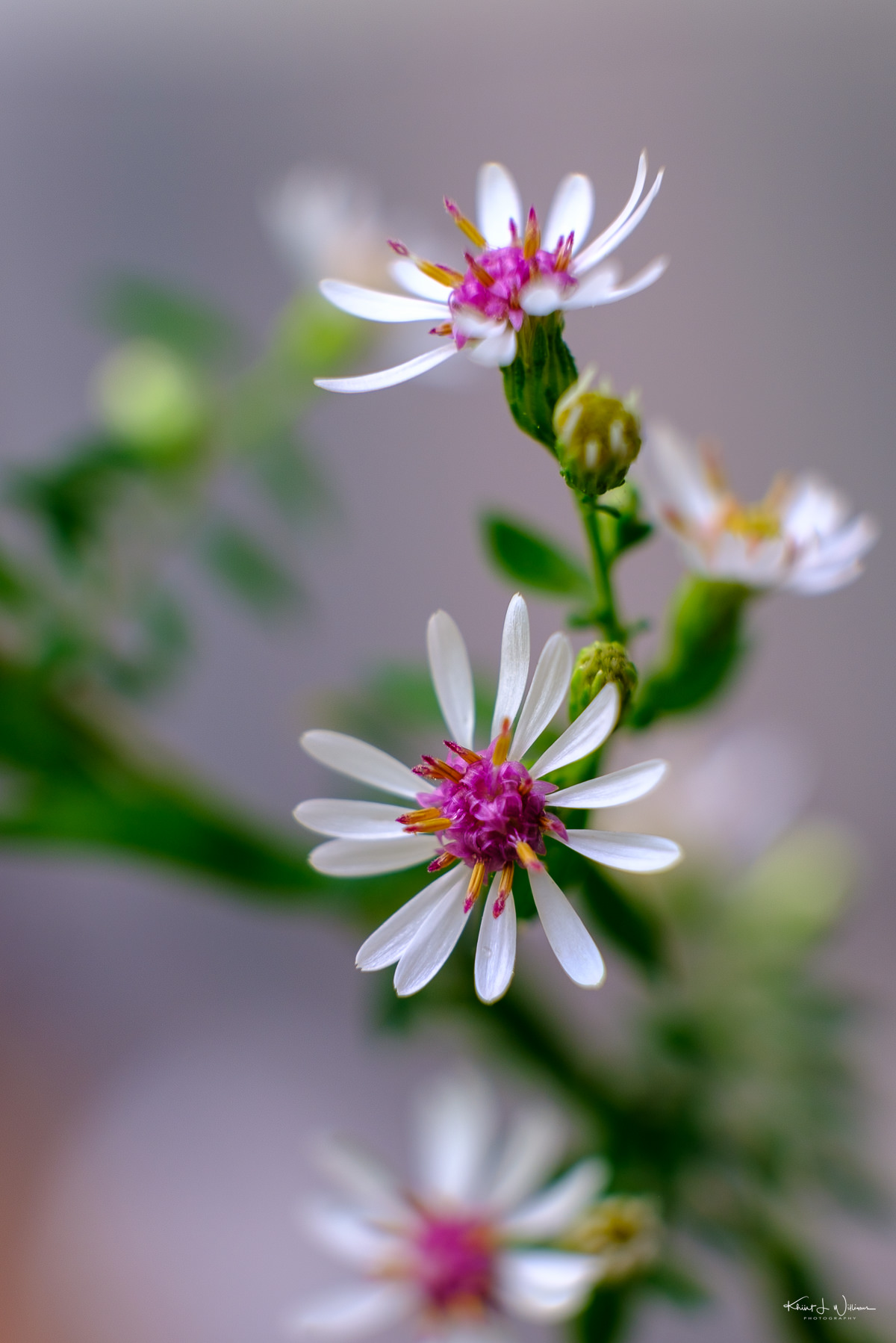The Eastern Columbine is a herbaceous perennial plant that stole my heart with its delicate, lobed leaves and unique bell-shaped flowers the first time I saw it growing in the garden at Leonard J. Buck Garden. The flowers are a fiery red and yellow combo, sometimes an alluring all-red or all-yellow look. These beauties bloom in the spring and early summer.
Hummingbirds can't resist its sweet nectar, nor can bees, butterflies, or hawk moths. I want to provide a home for some butterfly or moth larvae, and the Eastern Columbine has got it covered. It's even a tasty treat for birds like finches and buntings. Eastern Columbine is a self-seeder. Several colonies have formed in every one of my garden planters and have spread to the small garden at the front of my home. Eastern Columbine will stick around for the long haul.

Eastern Columbine is an easy-to-grow plant that thrives in various habitats, including woodlands, meadows, and even along roadsides. I'm not a seasoned gardener, but I can enjoy the lovely flowers in the container garden meadow I planted. The container garden is set up to provide the meadow plants with well-draining soil. The west-facing patio gives the container meadows partial shade from the roof of our home in the morning, but the containers bask in full sun in the afternoon.



